Various - Performance of Video Imaging Tools (1970-1978)
Friday, January 18, 2008
Video Data Bank Anthology
Surveying the First Decade:
Volume 2, program 5
"Performance of Video Imaging Tools"
INCLUDES:
Calligrams
Woody and Steina Vasulka
4:00 1970
Calligrams is one of the Vasulkas' earliest experiments with altering the analog video image. An image is rescanned from the monitor "to capture and preserve the violated state of the standard television signal."
Illuminatin' Sweeney
Skip Sweeney
28:38 (ex. 5:00) 1975
Skip Sweeney was an early and proficient experimenter with video feedback. This sampling of Sweeney's work shows feedback processed through a combination of a Moog audio synthesizer and the Vidium colorizing synthesizer invented by Bill Hearn in 1969.
Video Weavings
Stephen Beck
28:00 1976
Inspired by the analogy between weaving (vertical warp threads traversed by horizontal weft threads) and the construction of the television image (vertical and horizontal scans of an electron gun), Stephen Beck built the Video Weaver in 1974, and produced Video Weavings in 1976.
Five-Minute Romp Through the IP
Dan Sandin
5:00 (ex. 4:00) 1973
In this segment, Sandin demonstrates the routing of the camera signal through several basic modules of the IP, producing a "primitive" vocabulary of the effects specific to video.
Triangle in Front of Square in Front of Circle...
Dan Sandin
3:00 1973
In this elegant demonstration, Sandin explains the mistake of using common language concepts and spatial relations to describe what actually can happen on the video screen.
Video-Taping
Ernie Gusella
5:00 1974
Gusella's title creates a pun on the term video "tape" by using a split screen in which one half is the electronic negative of the other.
Exquisite Corpse
Ernie Gusella
5:00 1978
Utilizing quick, voltage-controlled live switching between two cameras, Gusella approximates composite images. The perceptual effect is mesmerizing and disorienting.
Einstine
Eric Siegel
6:00 1978
The tape uses colorized video feedback to generate its psychedelic effects, as a picture of Albert Einstein dissolves into a shimmering play of light.
General Motors
Phil Morton
1:00:00 (ex. 10:00) 1976
A response to the inability of his local General Motors dealer to fix Morton's 1974 Chevy van to his satisfaction, this tape blends experimental image-processing techniques with documentation of the faulty vehicle.
Merce by Merce by Paik
Nam June Paik
30:00 1975
Merce by Merce by Paik is a two-part tribute to choreographer Merce Cunningham and artist Marcel Duchamp.
Crossings and Meetings
Ed Emshwiller
27:33 (ex. 4:00) 1974
Crossings and Meetings explores the image and sound of a walking man, expanding a simple image into increasingly complex permutations and arriving at what Emshwiller calls a "visual fugue" in time and space.
Complex Wave Forms
Ralph Hocking
5:00 (ex. 4:00) 1977
Produced without camera input, this intense electronic landscape transports the viewer into a world that is an abstract study in machine-generated imagery.
Pictures of the Lost
Barbara Buckner
23:00 (ex. 8:00) 1978
Composed in 22 movements that introduce a series of silent, haunting, other-worldly landscapes, Pictures of the Lost hovers between figuration and abstraction, and reveals Buckner's sustained interest in spirituality.
Video Locomotion
Peer Bode
5:00 1978
In this homage to photographer Edward Muybridge, a photo grid of a walking man is resituated in video space.
Music on Triggering Surfaces
Peer Bode
3:00 1978
In Music on Triggering Surfaces, Bode constructs an interface between audio and video systems.
C-Trend
Woody Vasulka
3:00 (ex. 7:00) 1974
In C-Trend, one of Woody Vasulka's "dialogues with tools," the video raster, or monitor screen, is controlled by the Rutt-Etra Scan Processor, a scan deflection tool designed by Steve Rutt and Bill Etra in 1973.
Switch! Monitor! Drift!
Steina
4:00 1976
Switch! Monitor! Drift! is one of a series of "machine visions" constructed by Steina in the '70s.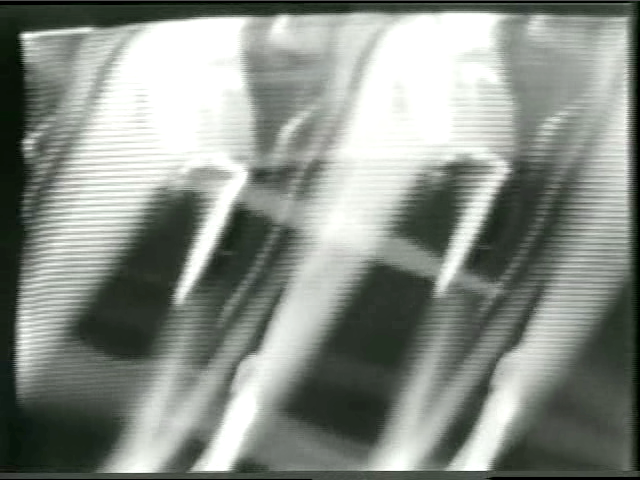
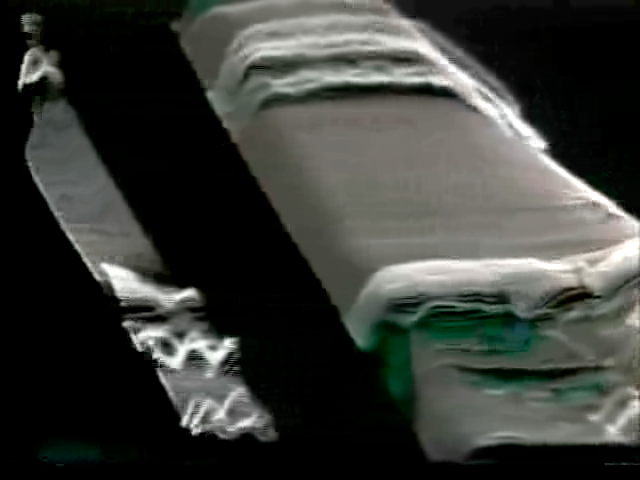
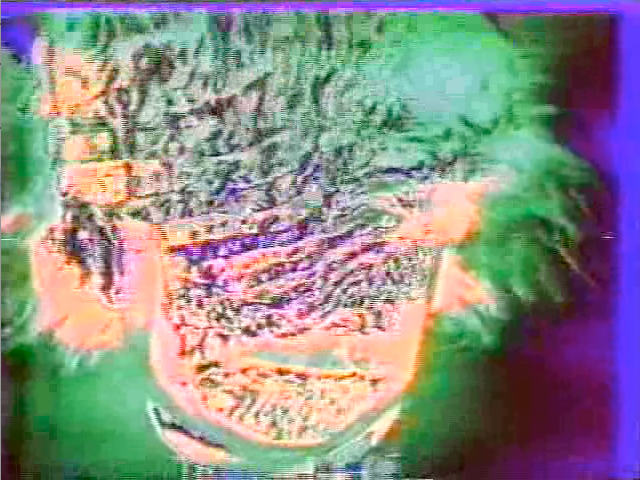
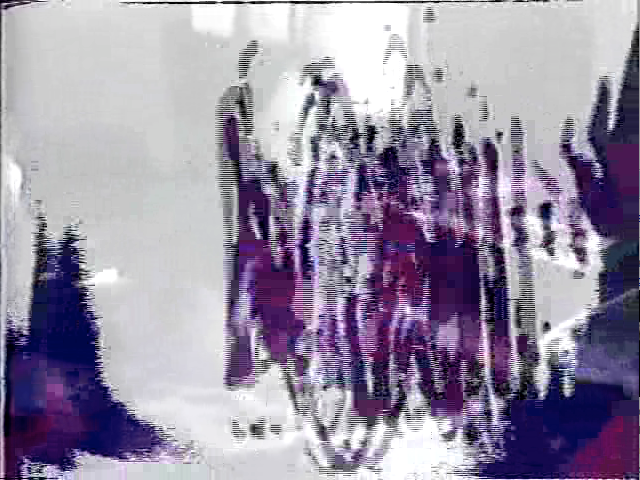
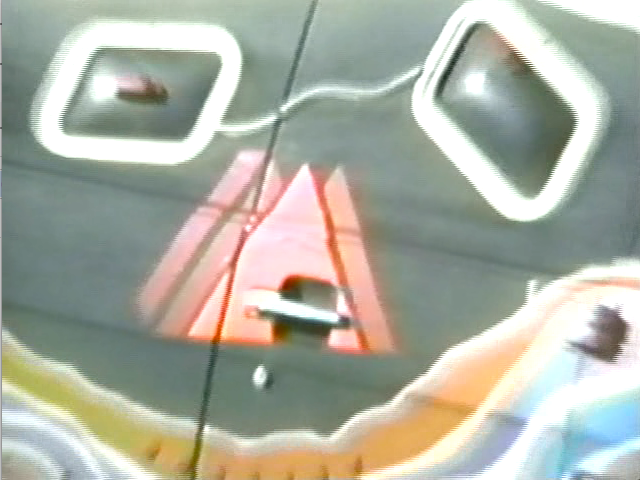
Share this via KaraGarga.
at 12:44 AM